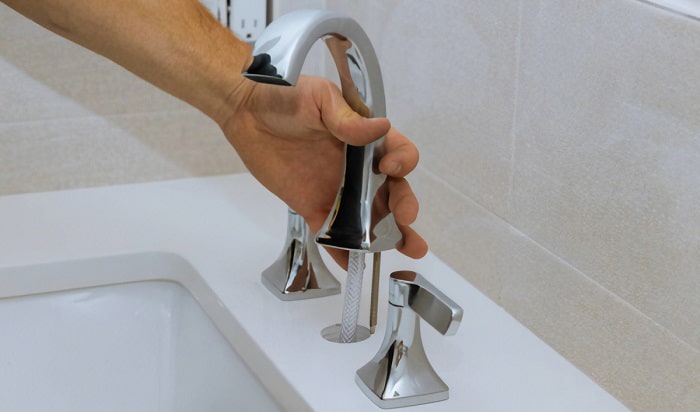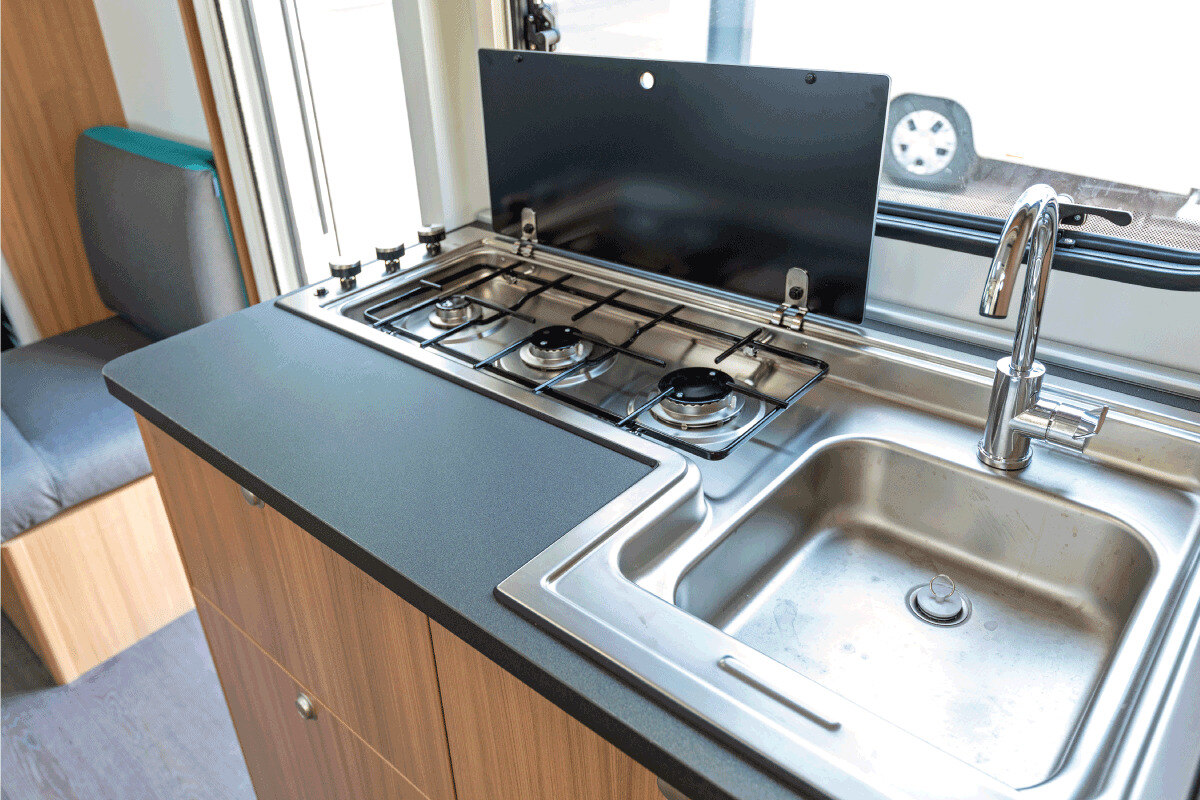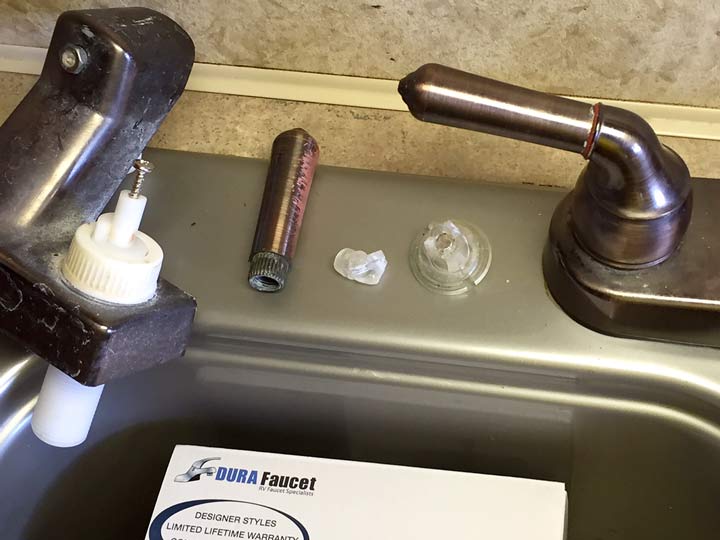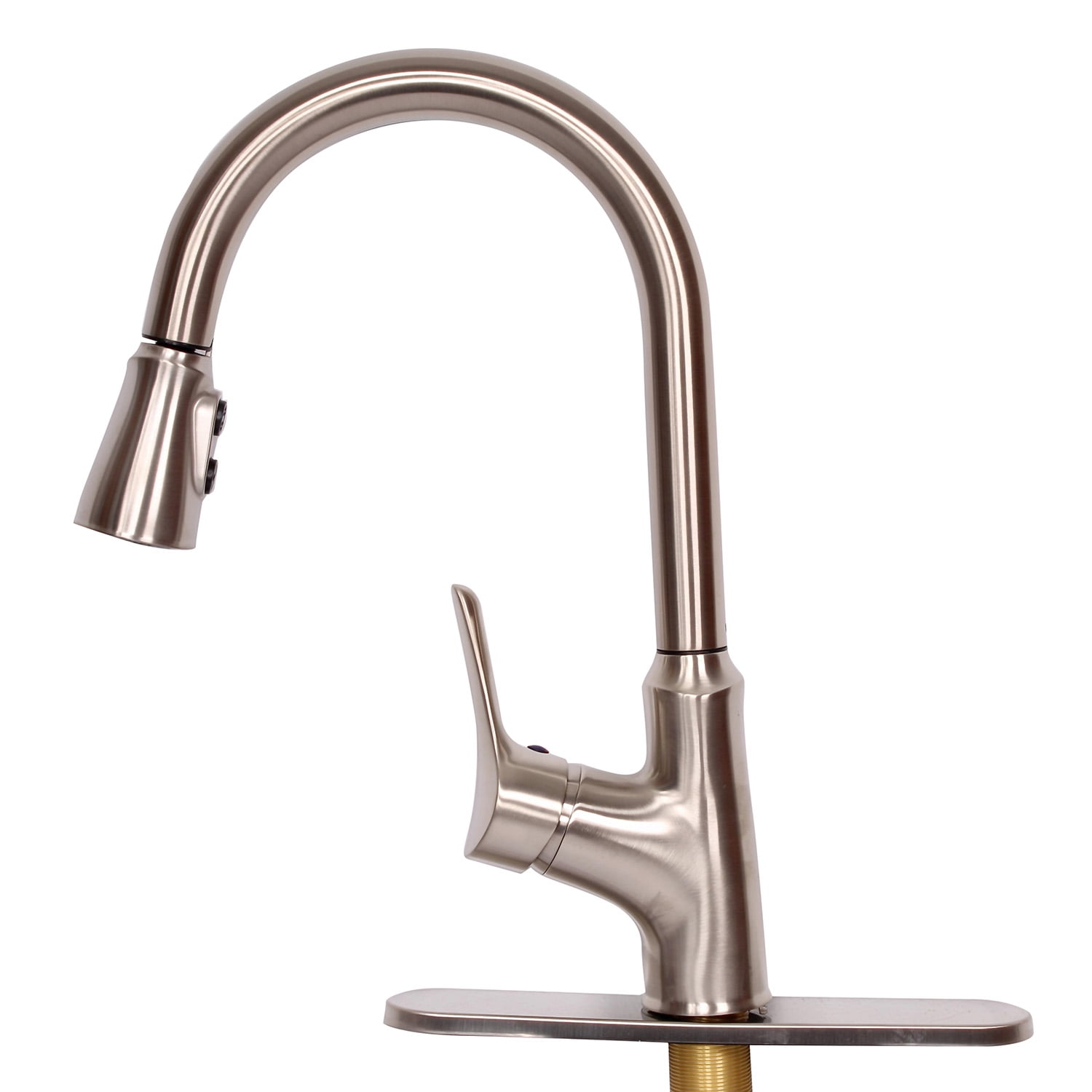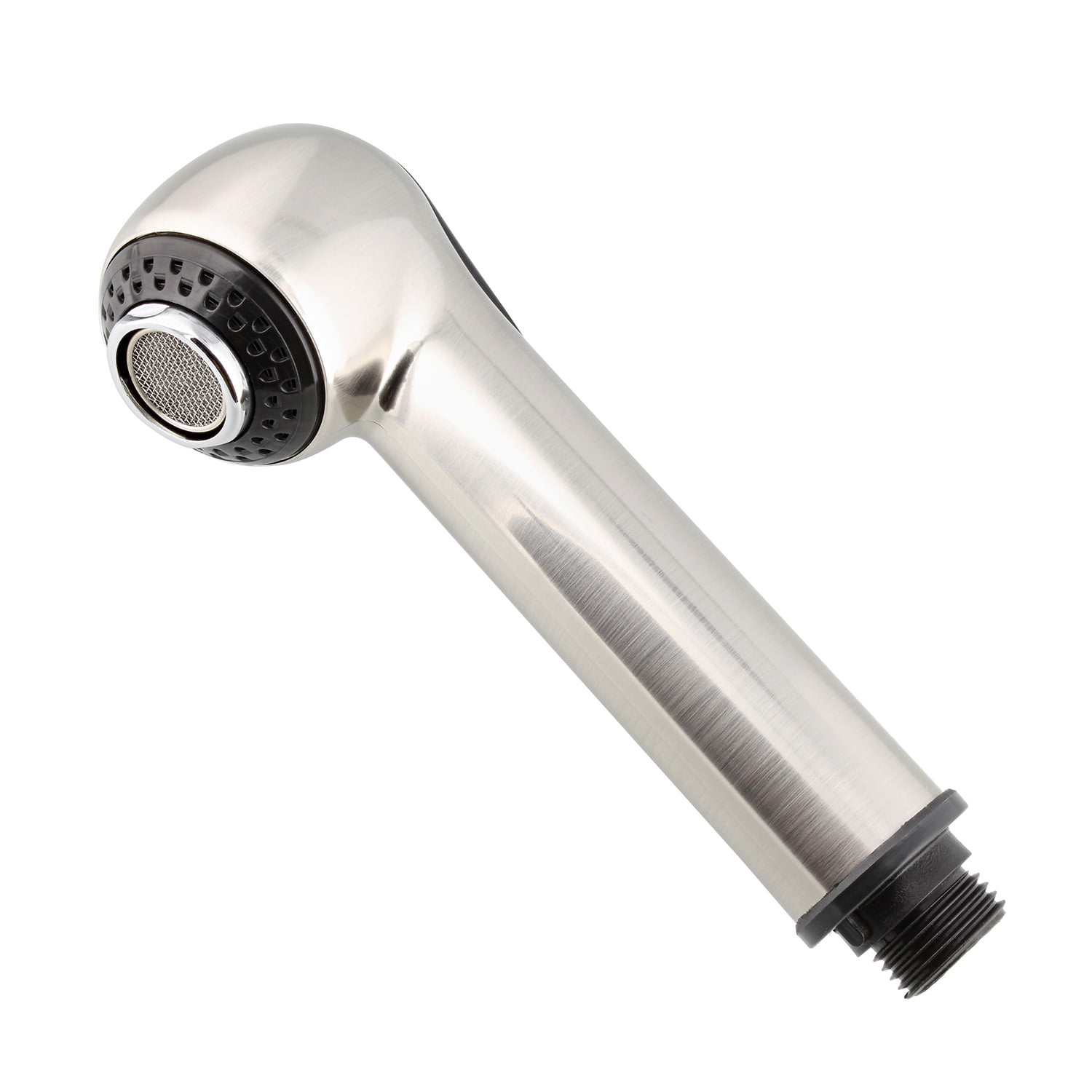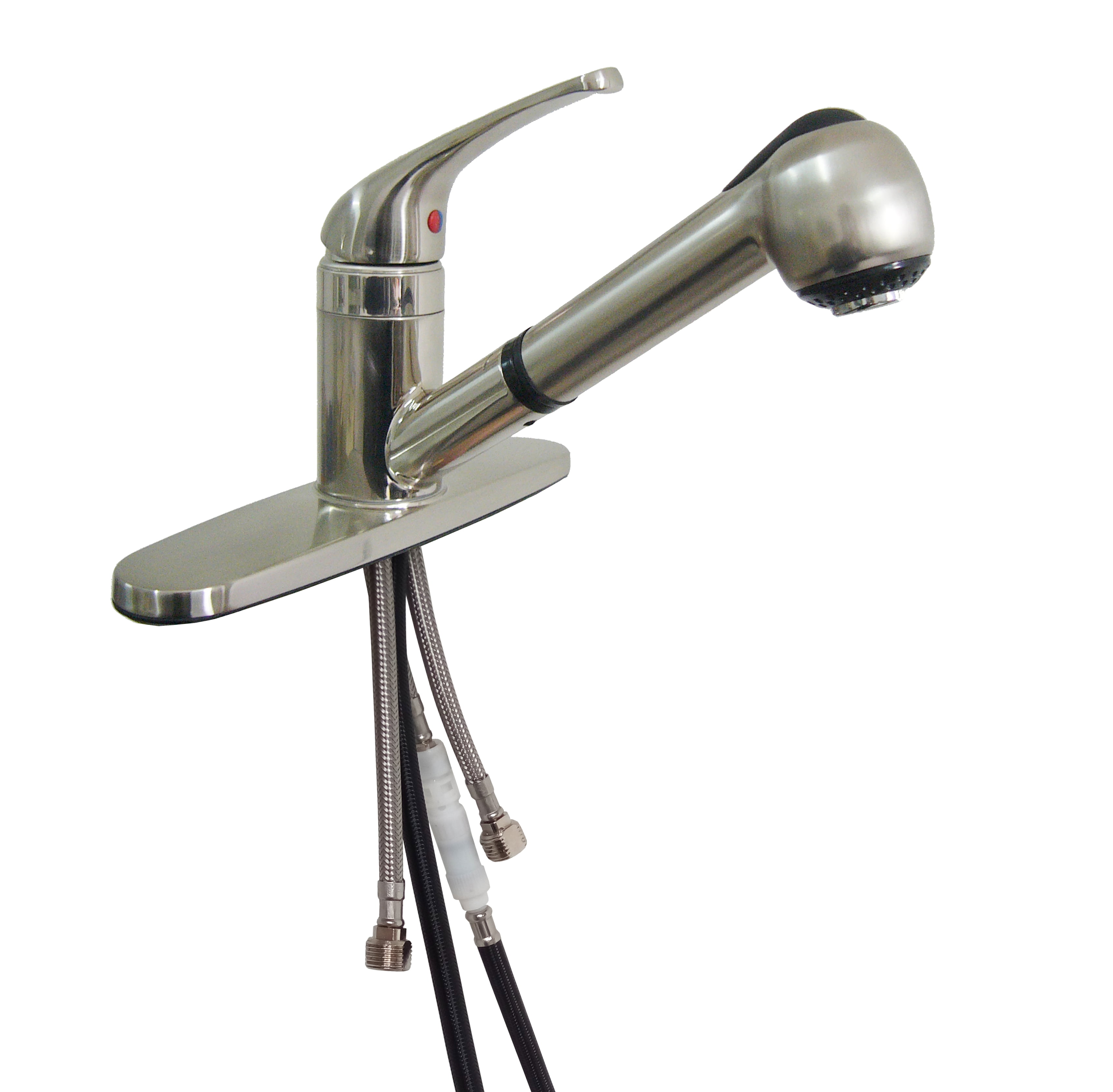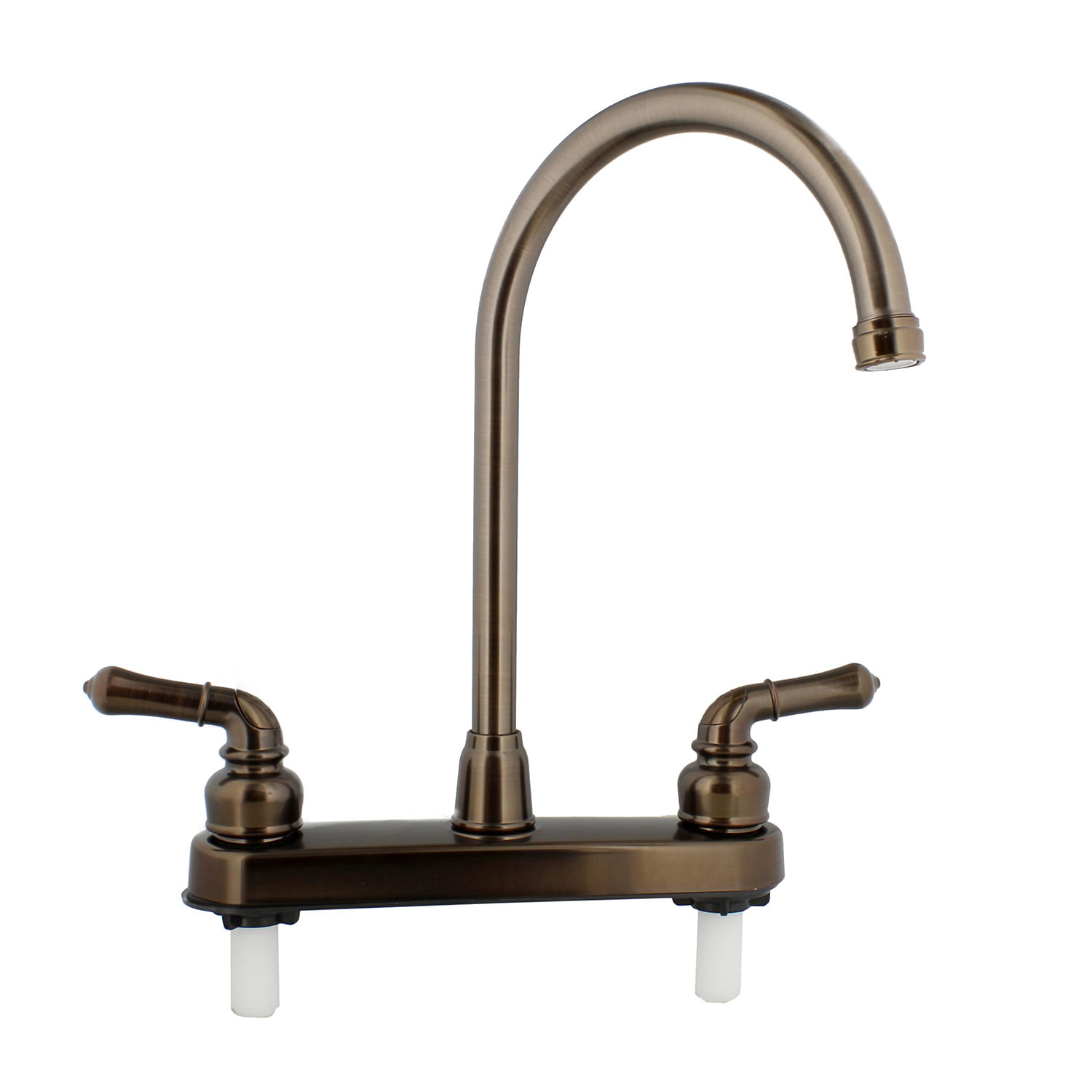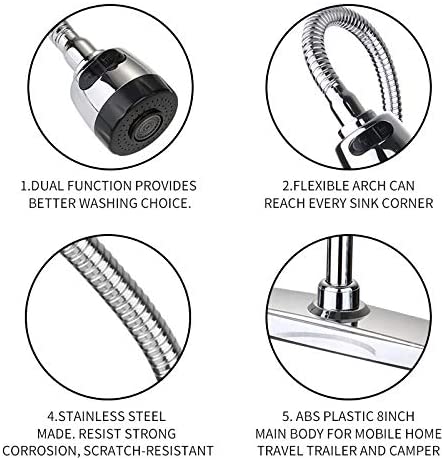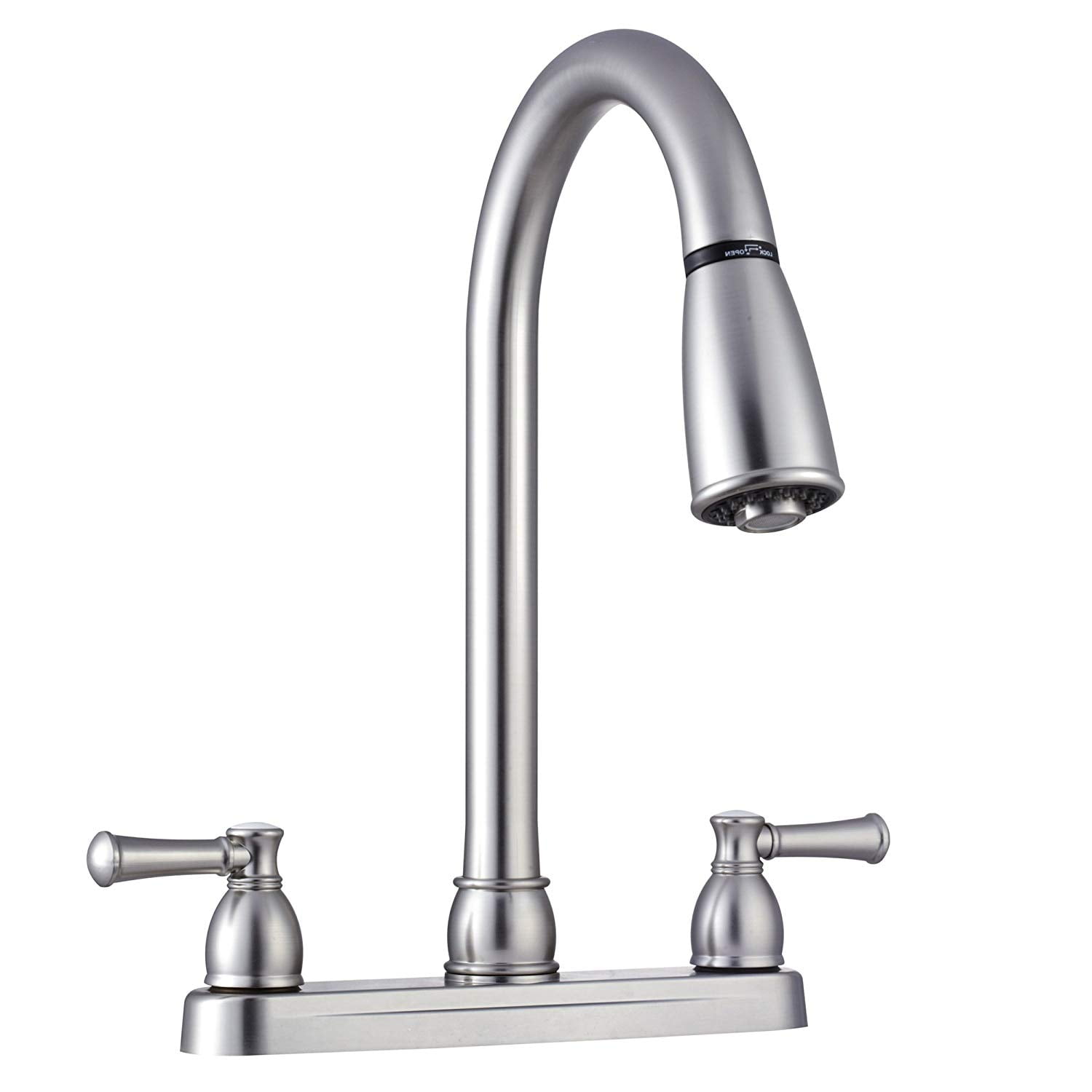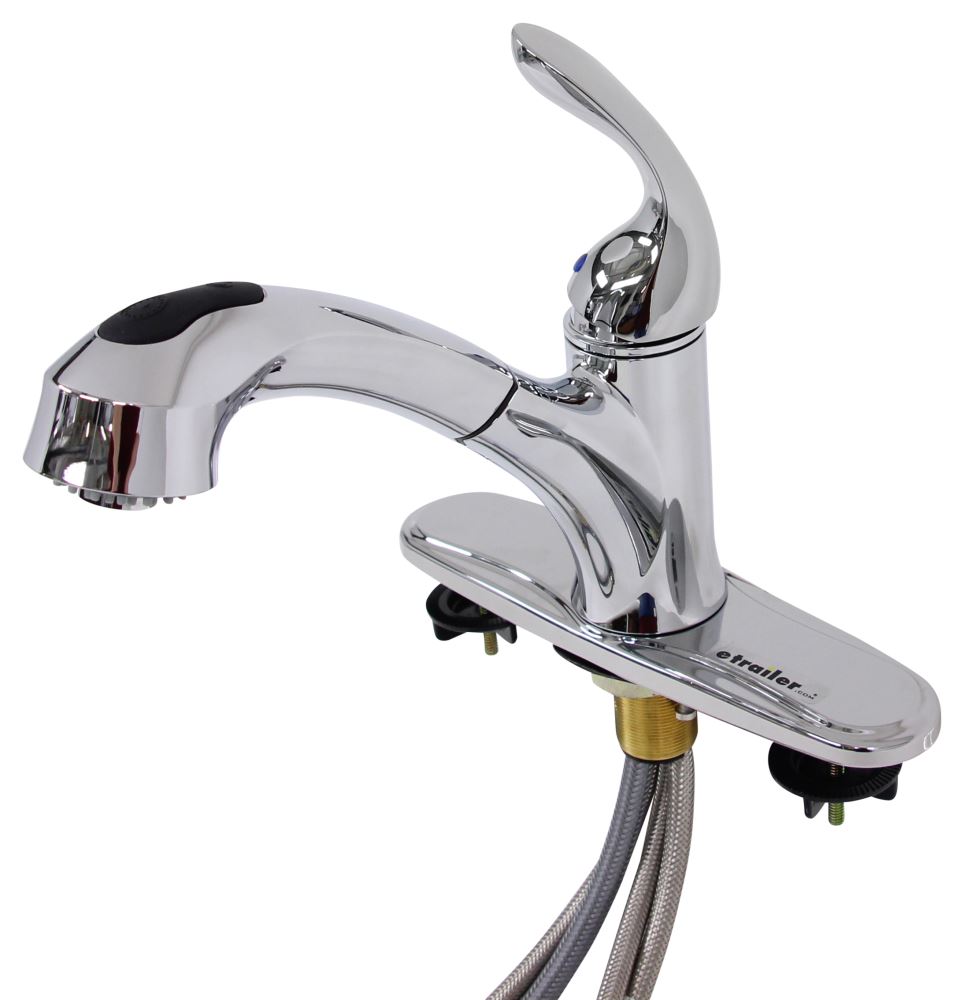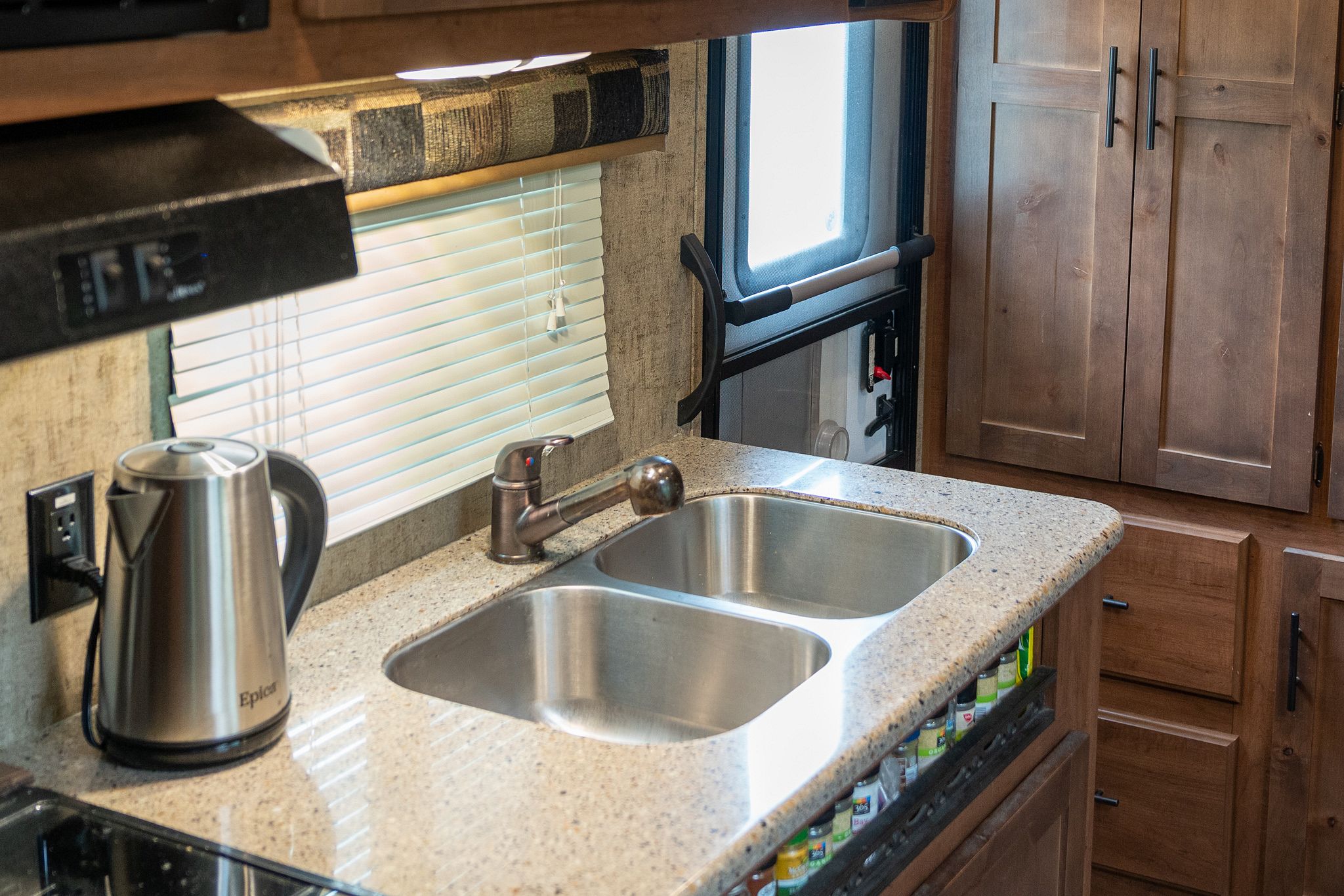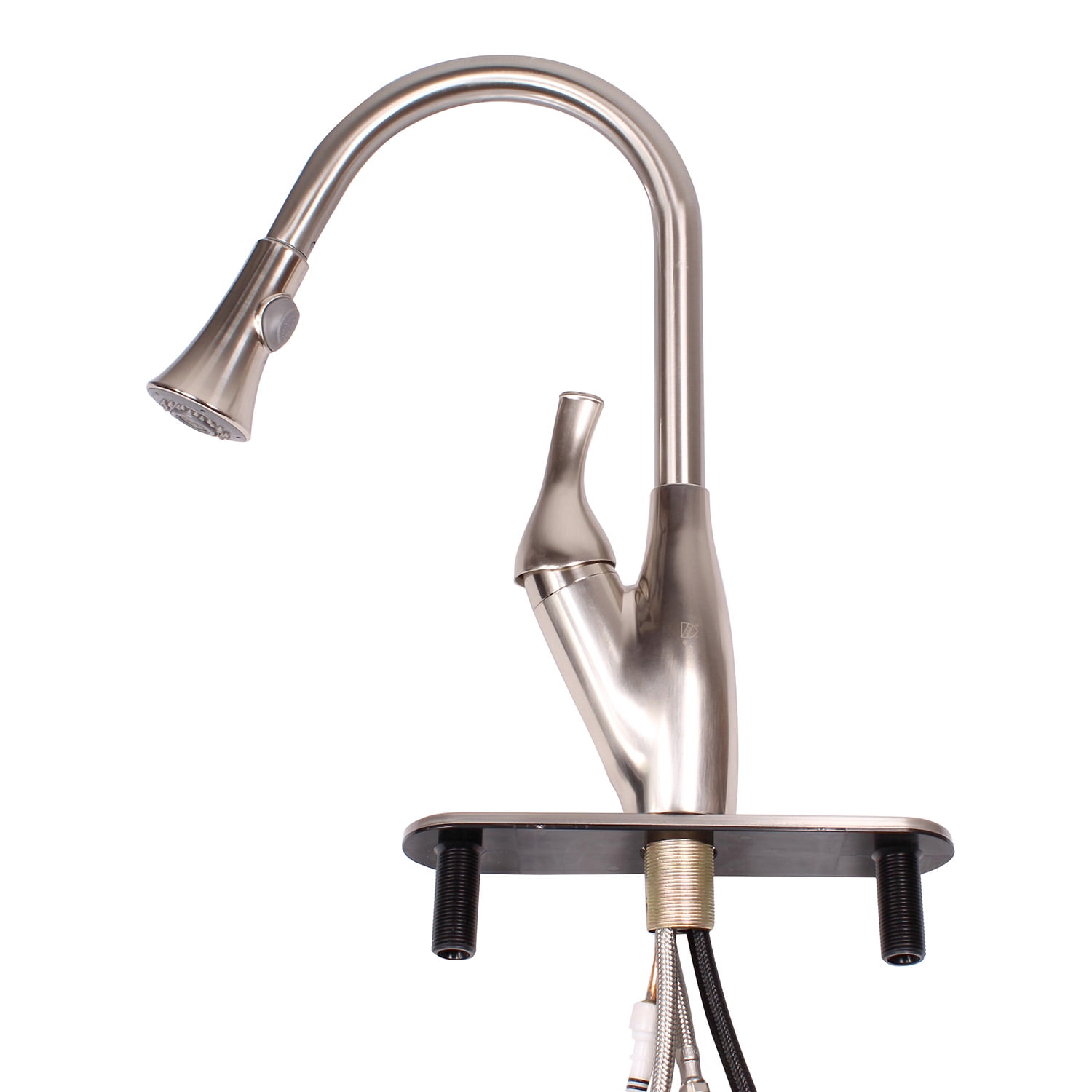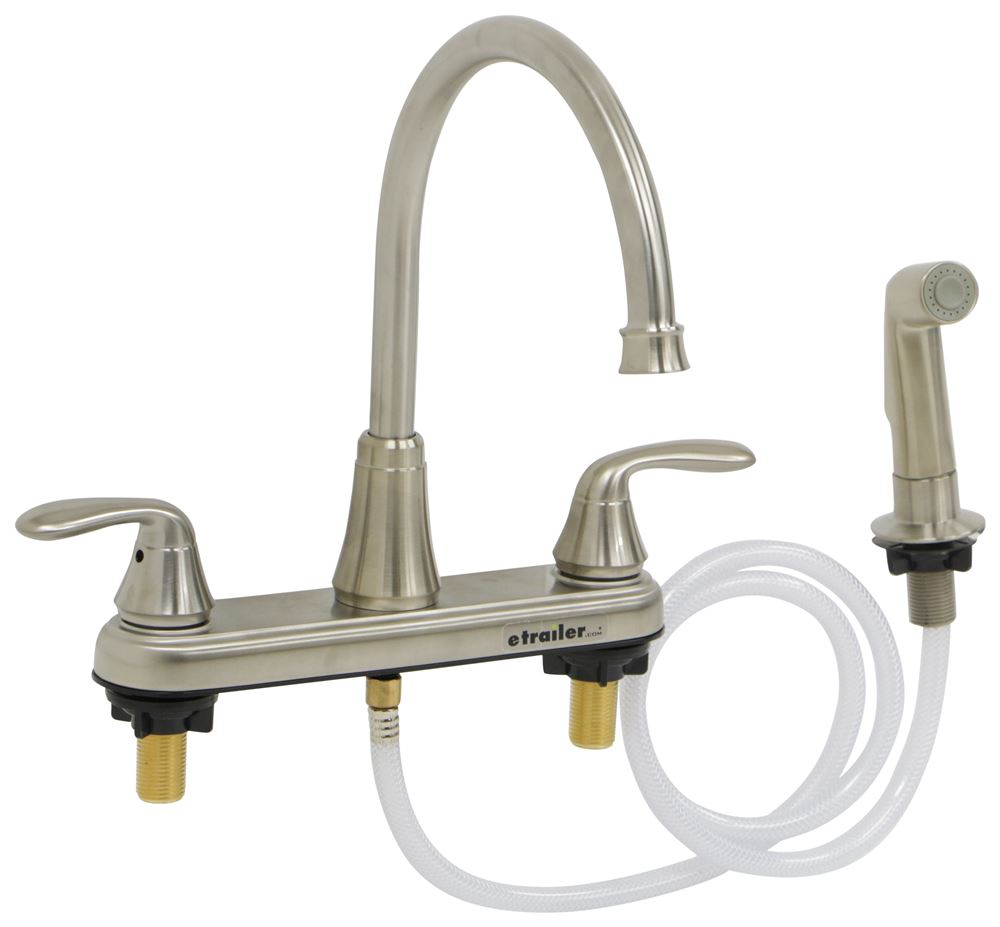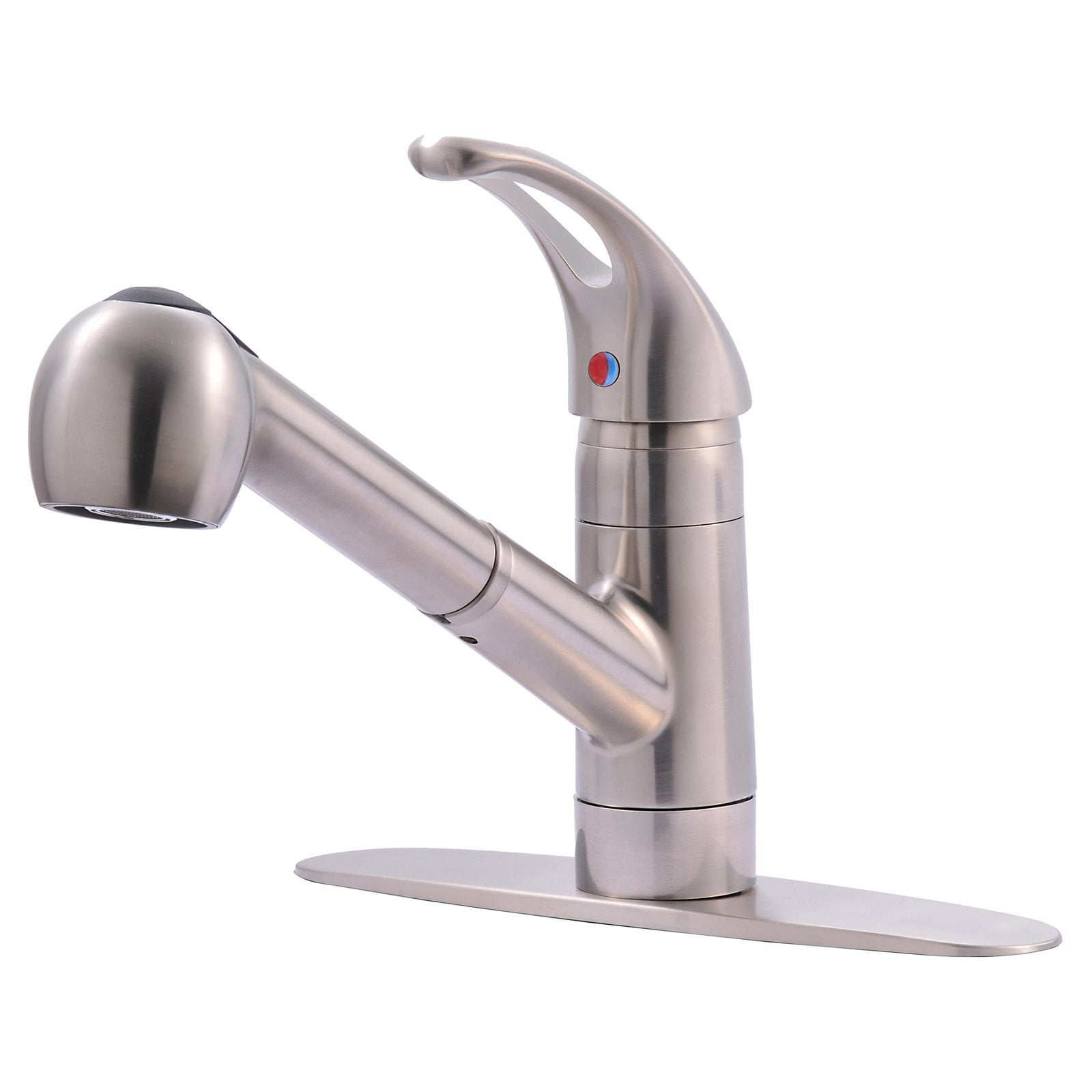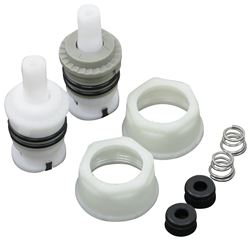Last update images today Rv Kitchen Faucet Parts
 What We're Hearing On The NBA Draft: Updated Mock With A Handful Of Changes In Round 1
What We're Hearing On The NBA Draft: Updated Mock With A Handful Of Changes In Round 1
The Los Angeles Angels trailed by a run halfway through their May 28 game against the New York Yankees, and Willie Calhoun figured he'd plan ahead. Calhoun, a journeyman outfielder, thought he might be used as a late-game pinch hitter. So he made his way to Angel Stadium's indoor batting cage and turned on Trajekt Arc, the cutting-edge machine that has quickly become a go-to throughout the industry for its ability to replicate major league pitchers.
Calhoun cued up all of the Yankees' high-leverage relievers, most of whom he'd never faced, tracking as many pitches as he could over the course of a couple of innings. When he was summoned to face Luke Weaver in the bottom of the eighth, he felt ready. Calhoun took back-to-back changeups for balls, then saw a 91-mph cutter on the inner half and lofted a base hit to right field, a leadoff single that ignited a two-run inning and ultimately gave the Angels a come-from-behind victory.
"I was able to see how it was looking before I got into the box," Calhoun said. "That machine is nice."
Trajekt -- essentially a pitching robot that can play the video of any pitcher's windup, then spit out all of his pitches from the appropriate arm angle based on the reams of data available -- is now used by 19 major league teams, plus three others in Japan, despite not existing in any form until 2021. This year, the league office has allowed Trajekt to be used in-game, a polarizing decision that has in some ways splintered the industry based on personal interest.
Some hitters, frustrated by an era in which pitchers throw harder and nastier than ever, have celebrated what they consider a rare advancement.
"This is the first piece of technology we've had that truly benefits us," one position player said. "Before this we had nothing."
Plenty of pitchers disagree, pointing to recent rule changes implemented to create a more hitter-friendly environment, and consider Trajekt an unfair advantage -- particularly in-game.
"You wanna have it, fine," a veteran pitcher said. "But three hours before game time, those machines need to be shut off."
Trajekt previously required an Internet connection to operate, a violation of Major League Baseball's sign-stealing policy. Modifying the device so that it could operate offline prompted the league to allow it for in-game use, according to an MLB official. Team executives were notified this past offseason.
"We already allow other pitching machines that replicate pitch characteristics," Morgan Sword, MLB's executive vice president of baseball operations, wrote in a statement to ESPN, alluding to another, less-involved pitch-replication device called iPitch.
"Once [Trajekt] moved the system offline during games, there was no longer a reason to stand in the way."
The effects appear to be minimal thus far. Leaguewide batting average sits at .242, the third-lowest mark since 1900, behind only 1968 (the year before the mound was lowered) and 1908 (at the heart of the dead-ball era). But the strikeout rate against relievers is below 23% -- 22.9%, to be exact -- for the first time in eight years, a subtle decline some have at least partly attributed to the in-game use of Trajekt.
It's why one of those relievers, Yankees lefty Caleb Ferguson, is adamantly against it.
"It's impossible for a pitcher to mimic the at-bat," he said. "We don't even really get the chance at all to try to have that upper hand where you can come in and face a guy and read the result, see what's gonna happen if I face whoever. But they could be hitting my fastball for the next three hours? That's not fair."
Hitters say they find it helpful, but they'll also argue it's not that simple. The machine -- four feet deep, six feet wide and, all told, roughly 1,500 pounds -- is too bulky to travel with, making it only an option for teams when they're at home. Hitters largely don't swing off it in-game, worried that it might make their hands sore by frequently getting jammed against high velocities. Some have said it's also hard to pick up the baseball's spin. And because the image it projects is basically a hologram, it's much more difficult for hitters to time themselves off a pitcher's arm slot than it would be in real life.
The Trajekt Arc sits on a track, allowing it to move left to right to spit out pitches.
Then there's the situation at Arizona's Chase Field, where the indoor batting cage is not big enough for the Trajekts to be stationed any more than 54 feet away from home plate, rendering the machine useless as a timing mechanism and leaving the Arizona Diamondbacks' Trajekt Arc to mostly collect dust.
"Ninety-nine [mph] feels like 120 for us," D-backs outfielder Pavin Smith said near the end of May. "I don't love it, to be honest. I liked it more in spring training. It was further back, so it felt more realistic. Now every guy looks like he's twice as good."
Trajekt, costing somewhere in the neighborhood of $15,000 a month and requiring a three-year commitment, is typically set up 56 to 57 feet away to account for pitchers' average extension. Standard game balls can be used, but players have taken to a softer version of Rawlings' baseball, the L10 Pro. Unlike iPitch, a stationary two- to three-wheel machine, Trajekt sits on a gantry, allowing it to spit baseballs anywhere from four to seven feet off the ground, and can move left to right along a track.
Teams can input Hawkeye data, which MLB uses to collect in-game metrics, and they can implement information from Rapsodo and Trackman devices, which also catalog metrics, from players' training sessions. Videos of pitchers' windups come from the cameras that are stationed behind home plate at every major league ballpark, with teams capable of uploading the videos that correspond to each pitch to project the precise arm slot. Teams only have access to their own data. The more the machine is used, the more accurate it becomes at replicating pitches.
What it's like to face New York Yankees ace Gerrit Cole (well, at least a holographic version of him).
Often, though, hitters are seeing what they believe is the best version of each pitch.
"It really varies," Los Angeles Dodgers outfielder Jason Heyward said. "Some look similar, some don't. You're seeing them throw the ball, but I still think it's completely different in the game because there's room for error. Pitchers mean to throw a ball here, and they throw it here. They mean to throw it here, and they throw it here, all that kind of stuff. So I think that's where it's not very realistic. It's like video game pinpoint every time. But still -- just getting a visual, an idea, of what someone has and how that may come out is cool. It's helpful, for sure."
Ten years ago, a teenager named Joshua Pope came up with the concept behind Trajekt while debating his high school friends about how many pitches it would take to get a hit off Marcus Stroman, then the ace of his hometown Toronto Blue Jays. Pope, now 28, wondered why there wasn't a physical manifestation of all the publicly available pitching data. He attended the University of Waterloo in Ontario, Canada, in part to learn from the mechanical engineering professor, Dr. John McPhee, who developed a hockey slapshot robot. Pope then received a grant of $60,000 Canadian dollars, raised additional financing, built a mock-up and launched the company Trajekt Sports in 2019, becoming its CEO.
During a tutorial at the 2019 winter meetings, Chicago Cubs director of innovation Bobby Basham became intrigued by the ball-inserter technology that allows for gyro spin, a revolutionary advancement that separated Trajekt from any pitching machine that came before it. Basham ultimately became Pope's first customer, bringing it to the Cubs in the spring of 2021. By 2022, seven teams had it. A year later, it had grown to 12. Now it has spread to nearly two-thirds of the industry.
Pope's company -- co-founded by one-time classmate and current chief technology officer Rowan Ferrabee -- now has 15 full-time employees and produces 20 machines a year. Forty of them are in use within MLB, with some teams having as many as six -- one on the major league side and one at every minor league affiliate. Some are considering renting additional ones to use out of their academies in the Dominican Republic.
Pope said approximately half the machines are used at regular-season ballparks and the other half are used in the minors. He has heard of Triple-A catchers who use it to get a feel for the stuff thrown by the major league pitchers they'll catch after getting promoted; pitchers who look at the shape of their own pitches to get a better feel for how they're seen from the batter's box; and, notably, teams shuttling prospects through reps against major league pitchers at their spring training complexes to get a baseline for performance.
"Obviously the most exciting ones are when a big-name player is facing a starting pitcher that day and in the first inning they hit a home run because they predicted a slider coming and they leveraged that off Trajekt and got a result," Pope said. "We have countless anecdotes like that. But I think the more nuanced one, of evaluation and preparing for the game even prior to making it to the big leagues, is also something that we find really exciting, because it gives more opportunity to more people to have a chance at extreme, high-level practice, which is hard to get.
"Players can only throw full speed so often, and their reps are limited in training. And therefore it's very tough to develop to that next level."
A spring training ACL tear prevented Rhys Hoskins from playing for the Philadelphia Phillies in 2023. But when the Phillies made a playoff run late into that season, Hoskins held on to faint hopes that he might contribute. His month of October was spent at the team's spring training facility in Clearwater, Florida, hitting off the Trajekt machine in hopes of getting as acclimated to major league pitching as possible if summoned at a moment's notice. He began by holding a clicker instead of a bat, pressing a button to indicate swing decisions to help him distinguish balls from strikes, then progressed to full-on hitting, seeing up to 200 pitches a day.
"I felt pretty ready in terms of being in the box from a hitting standpoint in order to join those guys if that's what the organization decided, mostly because you're just able to replicate some of the speed of the game," said Hoskins, now a member of the Milwaukee Brewers. "It's hard to do that with a BP arm or even a normal machine."
Hoskins, who ultimately wasn't activated for last year's World Series run, now regularly uses Trajekt to track pitches between at-bats when he serves as the designated hitter for home games. He has implored the Brewers' pitchers to use it themselves to "remind them how nasty they are." Angels pitching coach Barry Enright recently did that with his starters, bringing them all in to watch their pitches from behind home plate as something of a confidence boost to encourage strike-throwing.
Within the next two years, Pope's goal is for every major league team to deploy at least one Trajekt Arc. He thinks more pitchers will realize its benefits, but it's still very much a hitters' tool. High-speed cameras are used to dissect their mechanics, weighted bats have helped to increase their bat speed, Blast Motion (a sensor placed on the knob of bats) became popular for its instant swing metrics. But a hitter's best chance of keeping up with contemporary velocity and break, coaches say, is training the eyes by seeing those pitches as often as possible.
Virtual-reality hitting machines developed out of that concept, helping to spawn physical pitch-replicators like iPitch. Trajekt has taken it to another level -- adding the visual of an opposing pitcher and the freedom of movement that has made it feel more lifelike.
"Some really high-tech machines, tools, toys, don't really exist on the hitting side," Hoskins said. "For this to kind of be the first big thing obviously means there's more coming. There's always ideas coming; it's just, 'How do you execute them?' But this is a great start."

